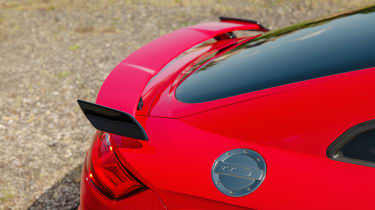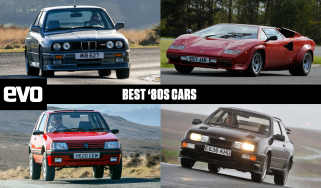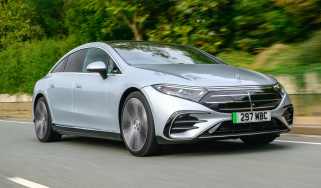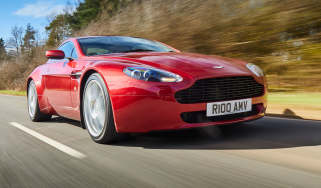Audi TT RS review – engine and gearbox
The 2.5-litre turbocharged five-cylinder and quattro all-wheel-drive system dominate the experience
Engine and gearbox
There is something so right about two distinct Audi institutions being so well amalgamated. The TT has become Audi's contemporary trademark, so to fit it with an engine so easily relatable to its historic rally successes, seems to give the whole notion of an RS-badged TT that bit more substance.
The fitting of a 2.5-litre five-cylinder engine into the TT is not a new thing though, as the last TT RS also had this type of engine, but whereas the old car used a simple US market-based five-cylinder engine, the new one has an all-new unit, designed specifically for Audi RS models – you’ll also find the engine in the latest Audi RS3.
The main difference between the old and new engines is Audi’s adoption of an aluminium crankcase, itself the main contributor to a total engine weight reduction of 26kg. Alongside impressive figures of 394bhp and 354lb ft of torque, the real talent of this engine is its spread of torque, imbuing the small coupe with a broad and muscular feel throughout the rev range. In order to keep this engine in check with the latest emissions regulations, Audi has had to go to some length, installing particulate filters into the exhaust system, subsequently muffling the engine’s addictive thrum. Not only is the volume down (even with the sports exhaust system fitted), the engine and transmission calibration are more conservative too, with less urgency to the drivetrain, even in Dynamic mode.
Audi exclusively pairs the engine to a seven-speed S-tronic gearbox, a fine partner in crime and, as typical for hot Audis, it is four-wheel drive. As dual-clutch gearboxes go, the TT RS’s high torque rating makes it slur more than you might expect, while the transmission’s lardy response and turbo lag combine to create a sort of lethargy that can be quite difficult to drive around. The TT RS, like other all-wheel-drive cars on VW’s MQB platform, employs a Haldex system that uses a clutch pack to engage the rear axle whenever the car decides it needs torque at both axles, but never sends any more than 50 per cent to the rear.




